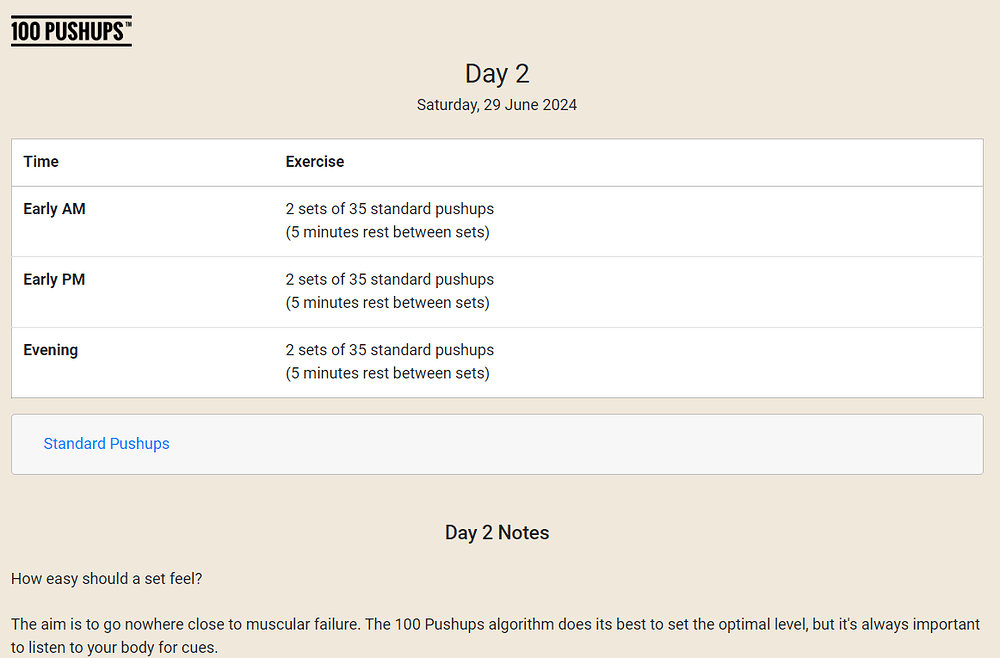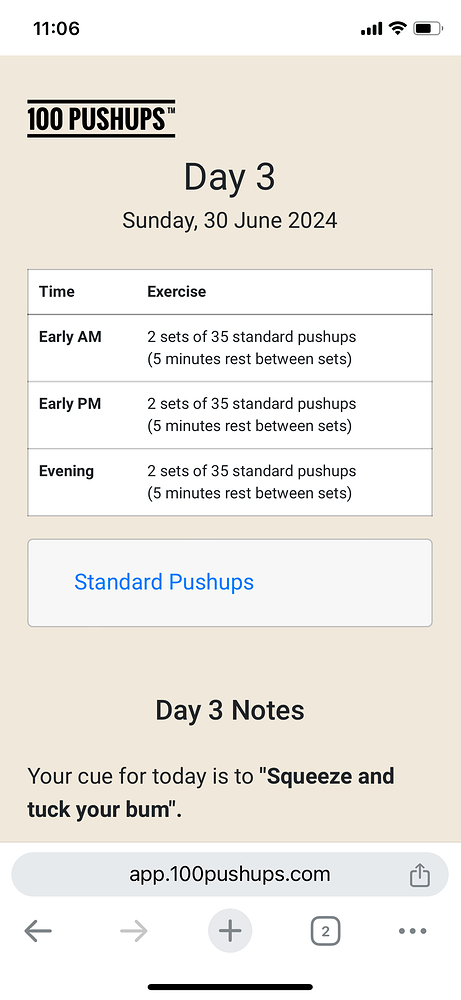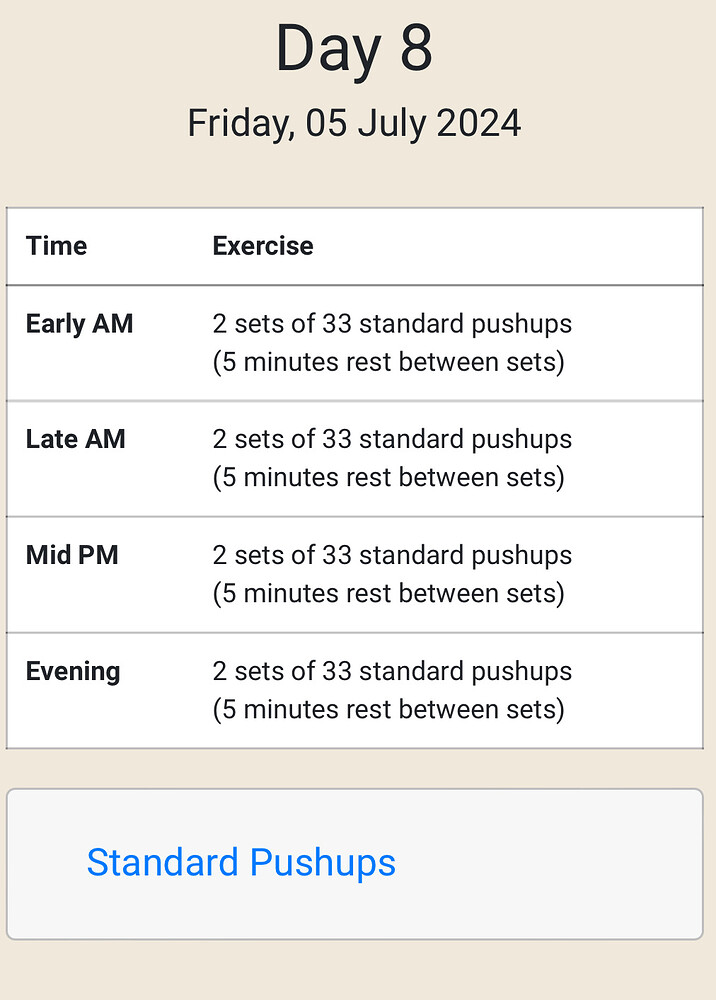I was receiving a subtle but powerful insight earlier about the mental and emotional maturity of being able to discern the difference between Goodness and Rightness.
It’s one of those distinctions that can seem small at first, but that, in the long run, can make a big difference in how easy it is for you to thrive and feel wellbeing.
When we’re young or earlier in life, it’s common for these two to be treated as synonymous, and to be more or less conflated. It’s just one more expression of an egocentric orientation to life. Someone or something’s goodness is very much connected to how Right they are for me. This is so obvious and self-evident that it does not even warrant reflection or much thought.
Yet as we get older and have more time and more experiences, we may start to sense that there are many good things in the world–in other words, many things that offer valuable and meaningful contributions–which are, nevertheless, not necessarily right for what I need, want, or am doing at this time.
I do not need to rail against them or complain about them, but I should also not expect them to satisfy my current needs or situation right now.
In the same way, if there is something that I have determined or have been convinced is very good, there can be a naive tendency to assume that because it is good it should satisfy me right now.
So people often ask, “I’ve done X good thing or have gained Y good situation, so how come I do not feel satisfied or like I’m thriving?!” Again, there is an immature tendency to think that because I have something that is good, I should also have everything that I need, everything that is right for my current situation.
It’s not so.
We don’t need to judge ourselves, others, or the world because we do not have what we need right now. All of those things can still be good and worthwhile, but we have a second question to ask and to answer:
‘Out of all of the good things, people, situations, and circumstances that exist in the world right now, which among them are RIGHT for me?’
Good = Set
Right= Subset






